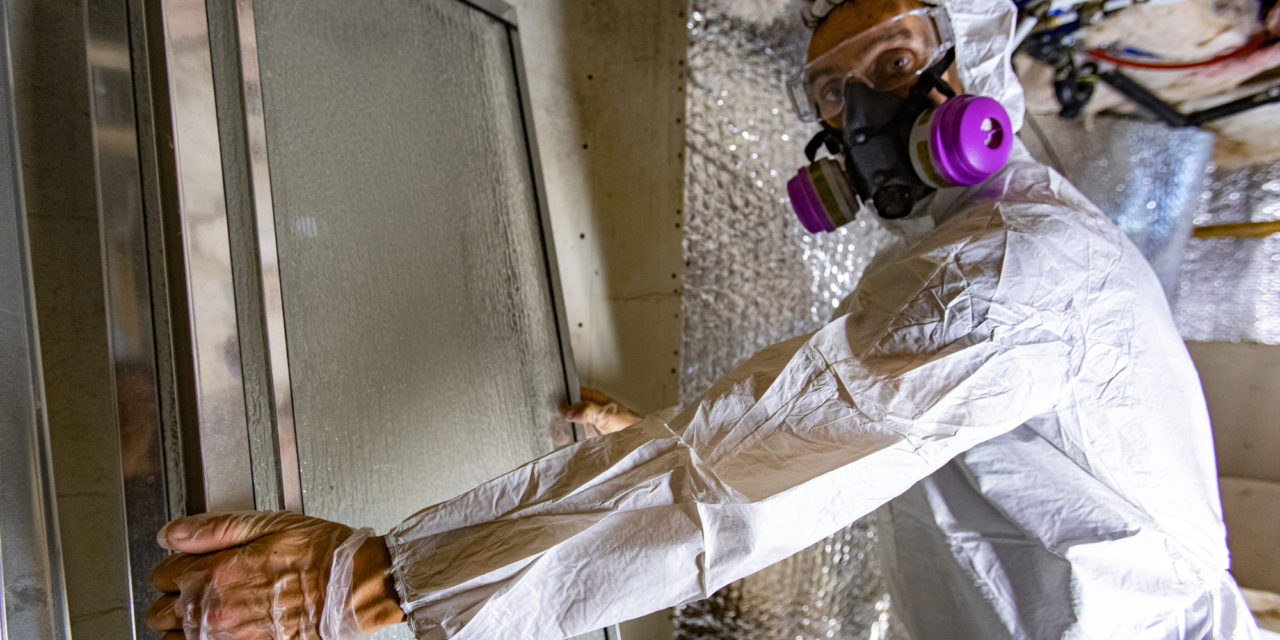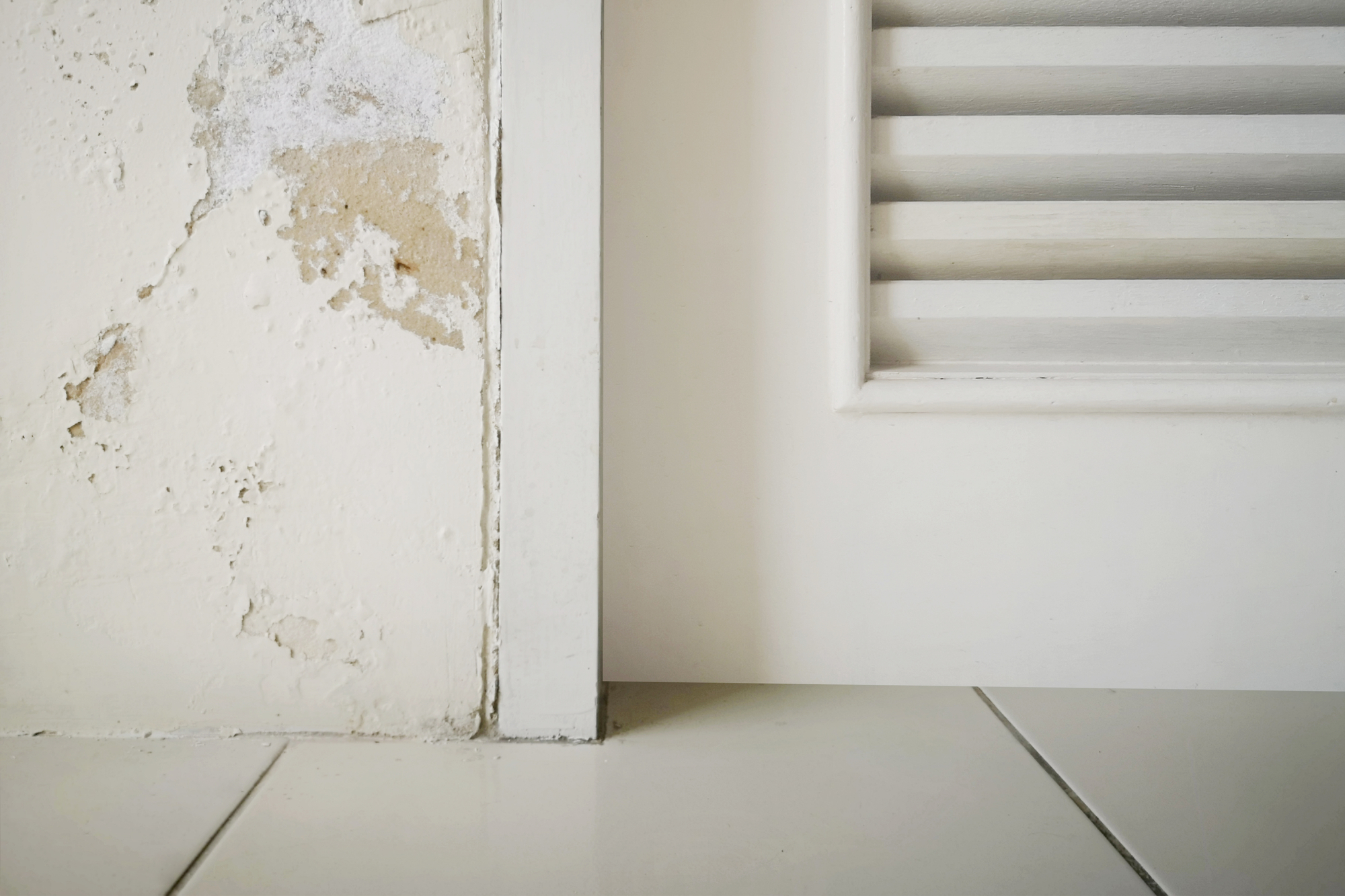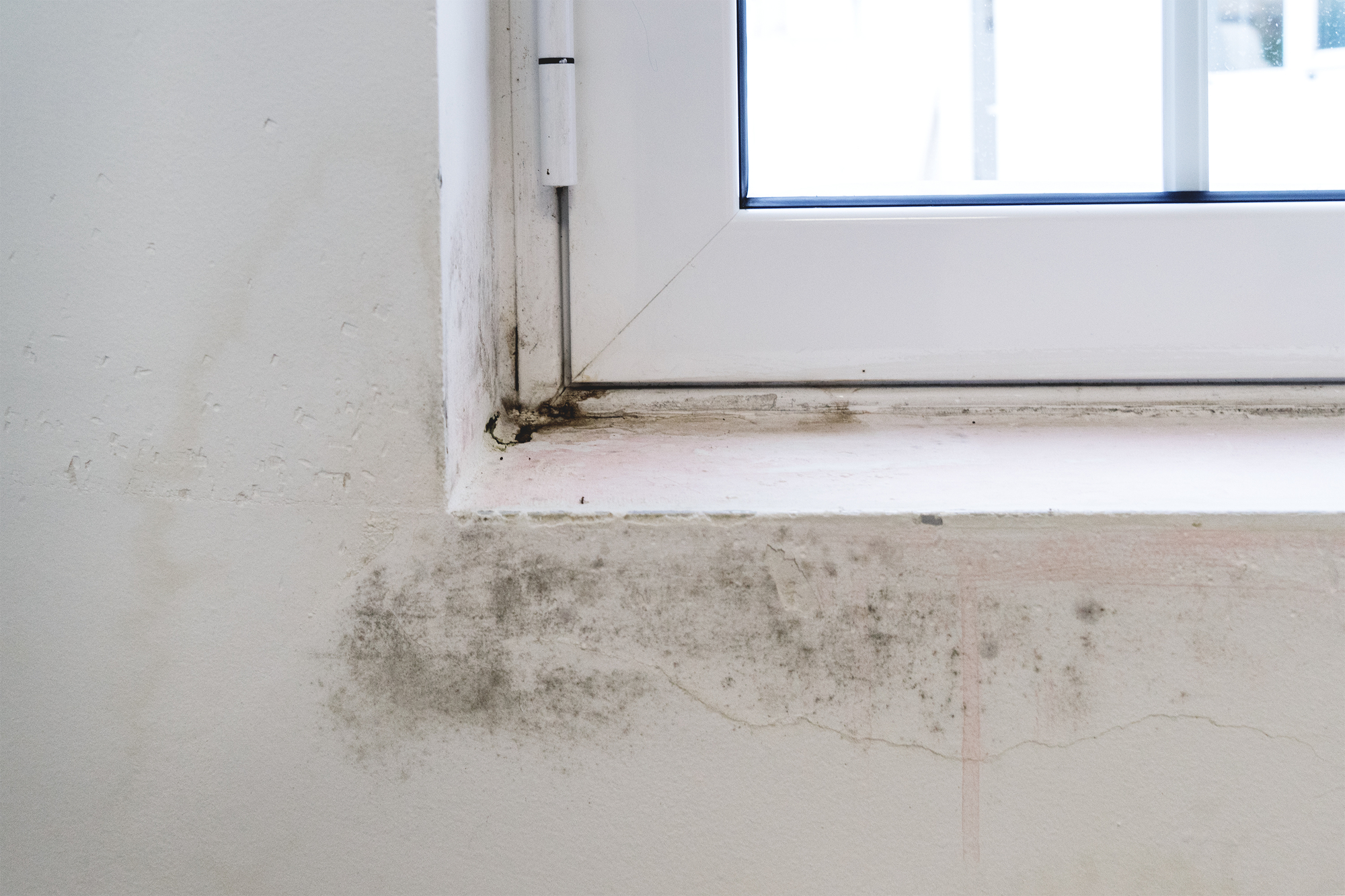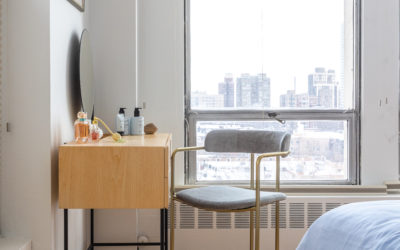IAQ testing (and monitoring) are key to safety, comfort, peace of mind
By Matt Hoots, Owner, SawHorse
For most people, a home is their largest financial investment. It provides shelter, a place to entertain, and (perhaps recently) a place to work. Though your home may protect you from the elements, it may have hidden dangers that could affect your health. Some of these issues are more common in older homes, but new homes are not immune. Some toxins can be discovered with various indoor air quality tests, but others lurk on or inside materials, just waiting to become airborne.
Two major sources of pollutants contribute to poor indoor air quality (IAQ). First, you may find toxins that have long since been discontinued from production still in the house. Hazardous materials such as lead and asbestos are found in building materials in older buildings, but new homes are safe from these products. The other major source of pollution inside houses comes from the inhabitants and how they use it. Humidity, PM 2.5 (small air particles), carbon monoxide, and an overabundance of carbon dioxide can all be elevated due to the activities of building occupants. Radon can be found in new and old homes and is the second leading cause of lung cancer in the United States.
Many threats are invisible
Most of these toxins cannot be seen by the naked eye, so indoor air quality testing and monitoring are needed. The subject of “testing and monitoring” is confusing and rapidly evolving as the industry matures. For example, manufacturers have recently started to connect indoor air quality monitors to ventilation equipment. I expect most major manufacturers in this sector will have monitors that detect air pollutants and ventilation to remove these pollutants over the next few years.
Because the sources of home contaminants vary, methods of testing and remediation also vary. Testing, monitoring, remediation, and ventilation are all important to your home’s environmental health.

Indoor Air Quality Testing and More
The only way you can know for sure if there are contaminants in your home (or future home) is to test for them. There are many different types of environment tests, and we utilize most of them on our projects.
Whole House Assessment
Most people are familiar with FREE energy audits offered by their local utility company. They usually inspect for visual defects in the insulation or HVAC systems. A home performance assessment is similar but more robust, as they use testing equipment. The results from this service will let you know how leaky your house is and the source of the air leaks. They also will identify any gas leaks or carbon monoxide leaks in combustion equipment (i.e., furnaces, water heaters, ranges, ovens, clothes dryers, etc.).

Many home assessors are also home inspectors, so when you buy a new home, they can perform both the assessment and the environmental inspection. Many also offer the DIY type of environmental testing, so you can have indoor air quality testing done simultaneously.
The benefit to whole-house performance testing is that you can address safety and comfort issues at the same time. If you’ve not moved in yet, a home performance contractor can quickly complete indoor air quality testing. You can maximize comfort and enjoy peace of mind by removing any environmental hazards that might affect your family’s health.
Test Kits Versus Professional Testers
The EPA requires lead testing on any renovation on any structure built before 1978. This is to protect workers and their families from lead poisoning as well as protect yours. We used DIY test kits on a house built in 1920, and the results were inconsistent, so we opted to hire a professional lead tester. They used their equipment to conduct several hundred tests throughout the home. They found lead in materials such as tile and bathtubs that were difficult to test with the DIY kits. If you are curious to see if there is lead in the paint in one area, then a DIY test is sufficient. However, a professional tester is recommended if you want to know if there are dangers on multiple surfaces or in the air in your home.
An equally important environmental test that we conduct before renovating older structures is for asbestos. (Asbestos-containing materials become a health hazard once they are disturbed.) If the test comes back positive, we’ll call in a professional abatement company before beginning demolition, so we don’t risk our workers’ and clients’ safety.
If you are not renovating but are curious if asbestos is lurking in your home, there are DIY test kits. These tests do not produce immediate results like professional testing because since you must mail the sample to a lab.
The smell test
One of the main reasons you want to monitor for high humidity is because it can be a sign of fungal growth, such as mold. Mold is natural and is in the air even where conditions are not ideal. It starts to grow and spread once there is an ideal food source and moisture. When mold grows indoors, it can be problematic. More than a cosmetic problem, mold can damage your home and contribute to health issues in some people, like allergies and infection.
If you see or suspect mold, it is best to have a professional test for it and remediate it because you could accidentally cause the mold to spread further. They will sample the air and surfaces of your house and compare it to the outside air and note the difference.
Ventilation, Filtration, or Evacuation?
Turning on an exhaust fan is not the solution if the sensors show elevated carbon monoxide or smoke from a fire. These are serious issues. You need to locate the source and eliminate it if possible, or leave the house and call a professional to help.
IAQ sensors can also let you know if there is too much humidity, carbon dioxide, or PM 2.5. While these are not ideal to breathe, you are not going to die from a small exposure.
Monitoring with reactive ventilation is the best way to ensure that your home has consistently good IAQ. These sensors send a signal to an exhaust fan to remove bad air or an energy recovery ventilator for fresh air. If the system is trying to remove dust and particulates, the HVAC equipment connected to a whole-house filter will be activated.
About the author:
Matt Hoots is the owner of SawHorse; a residential design-build firm in Atlanta, GA. He shares knowledge through his YouTube channel, blog, and Rate It Green. He is currently working on a Virtual Showcase House that has implemented many tests and monitoring suggested in this article.
Learn more about how to improve indoor air quality!
#EcoRenovate Reveal: Sustainable Updates To A 1960s Kitchen
Fireclay Tile’s handmade tile serves as the design inspiration inside a 1960s kitchen whose sustainable renovation pays homage to its modernist roots.
SIP Home Construction: The Future Standard for Speed and Value
SIP-built may cost more up front than conventional stick-built, but thrifty construction and long-term cost savings offer all kinds of comfort and value.
#EcoRenovate Guide to Selecting Sustainable Materials
Selecting sustainable materials is just as important as green design. So look at the entire lifecycle of products, and prioritize on the goals of your project.
#EcoRenovate Reveal: Two Bathrooms Undergo A Green Makeover
Handmade tiles and nontoxic paint marry to give the main and guest bathrooms inside a 1960s penthouse a green makeover, pulling color cues from the surrounding Chicago scenery.
#EcoRenovate Reveal: An Eco-Friendly Bedroom Dream
MIndful furniture choices, a non-toxic mattress, and non-toxic paint set the tone for this sustainable bedroom update, showcasing the beauty of the Lake Michigan view.
Start with SIP Panels: Cost Savings, Efficiency, Health, Resilience
Architects and builders continue to innovate with structural insulated panels (SIPs), proving the benefits of affordable, healthier, and more resilient homes.
Our team researches products, companies, studies, and techniques to bring the best of green building to you. Elemental Green does not independently verify the accuracy of all claims regarding featured products, manufacturers, or linked articles. Additionally, product and brand mentions on Elemental Green do not imply endorsement or sponsorship unless specified otherwise.

















